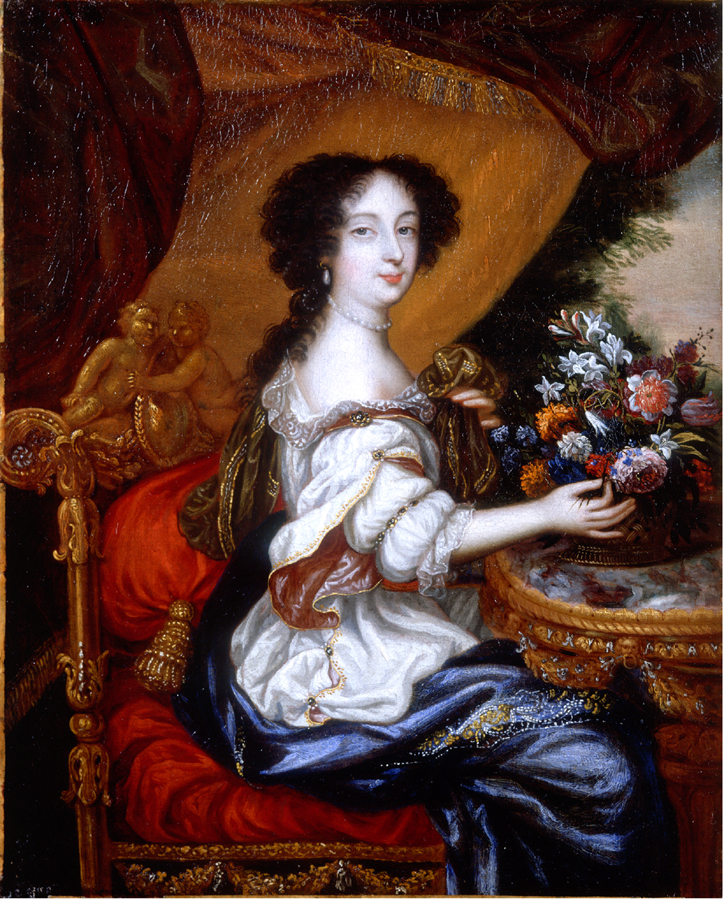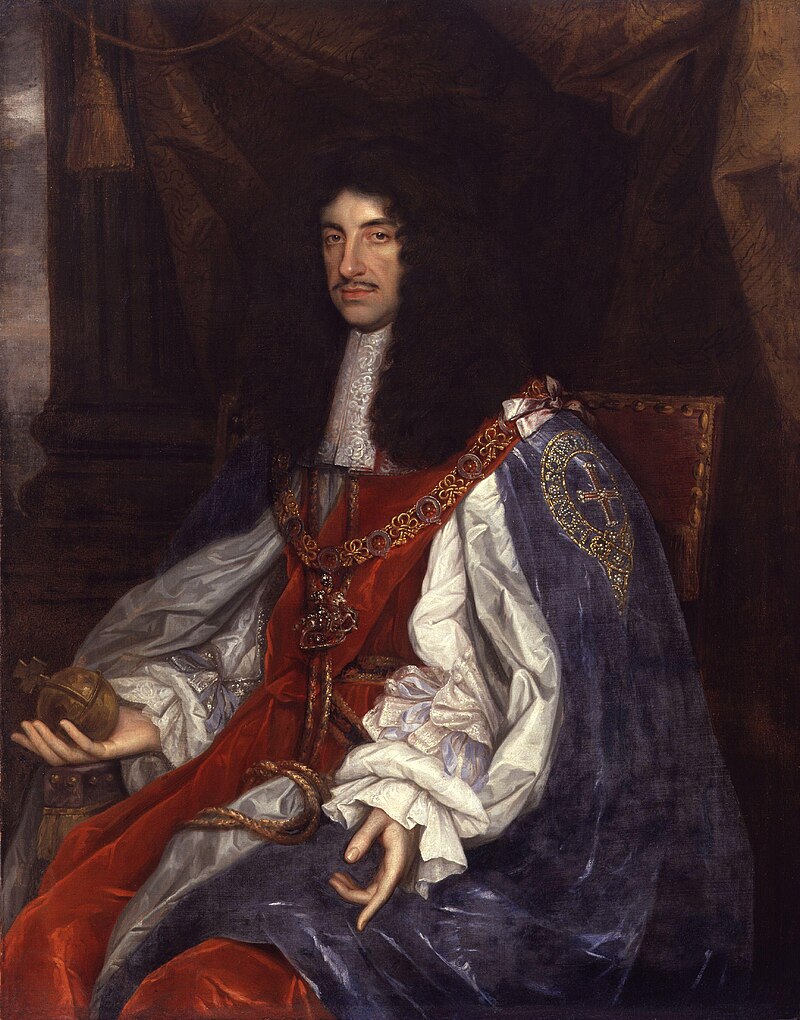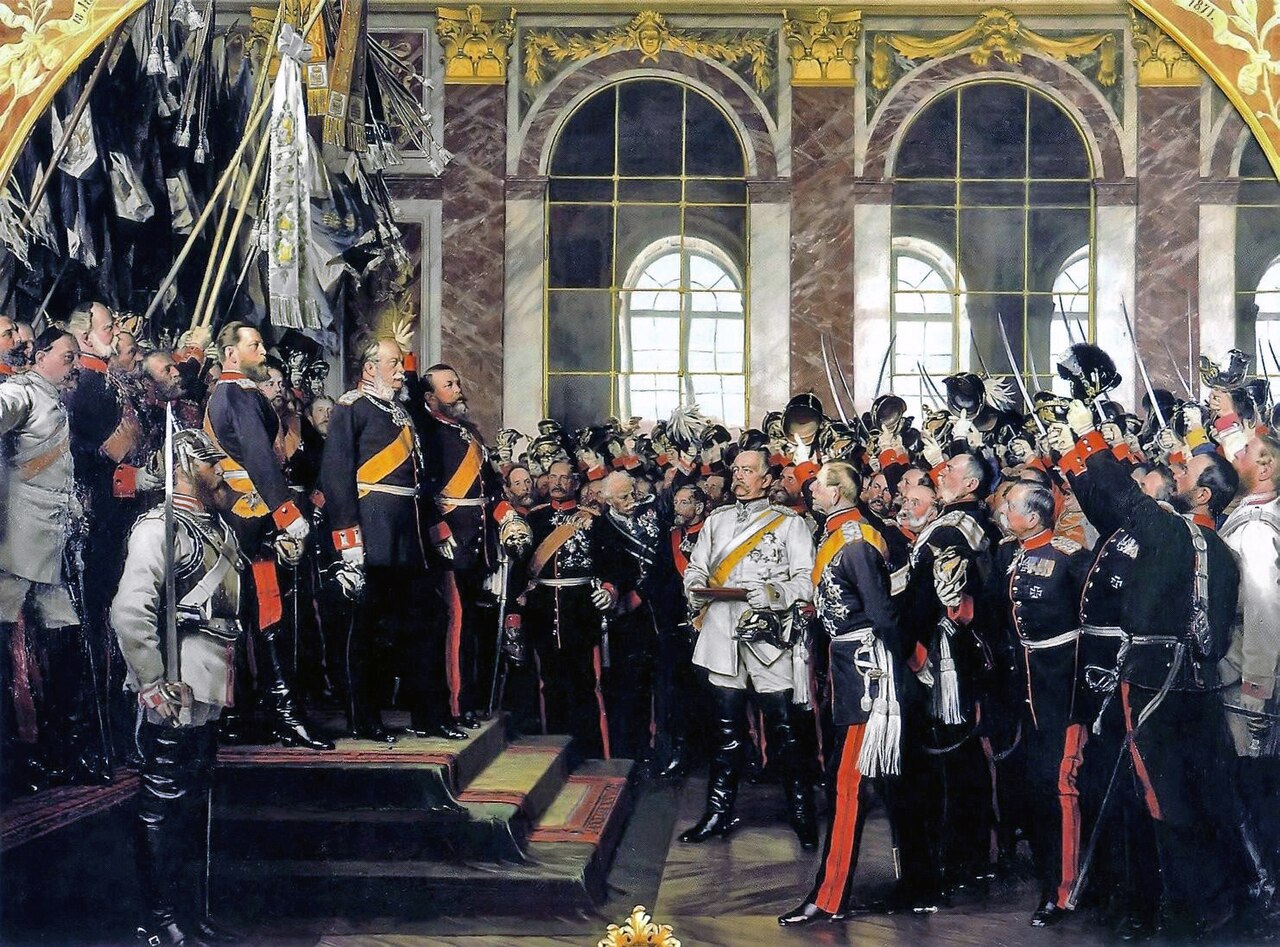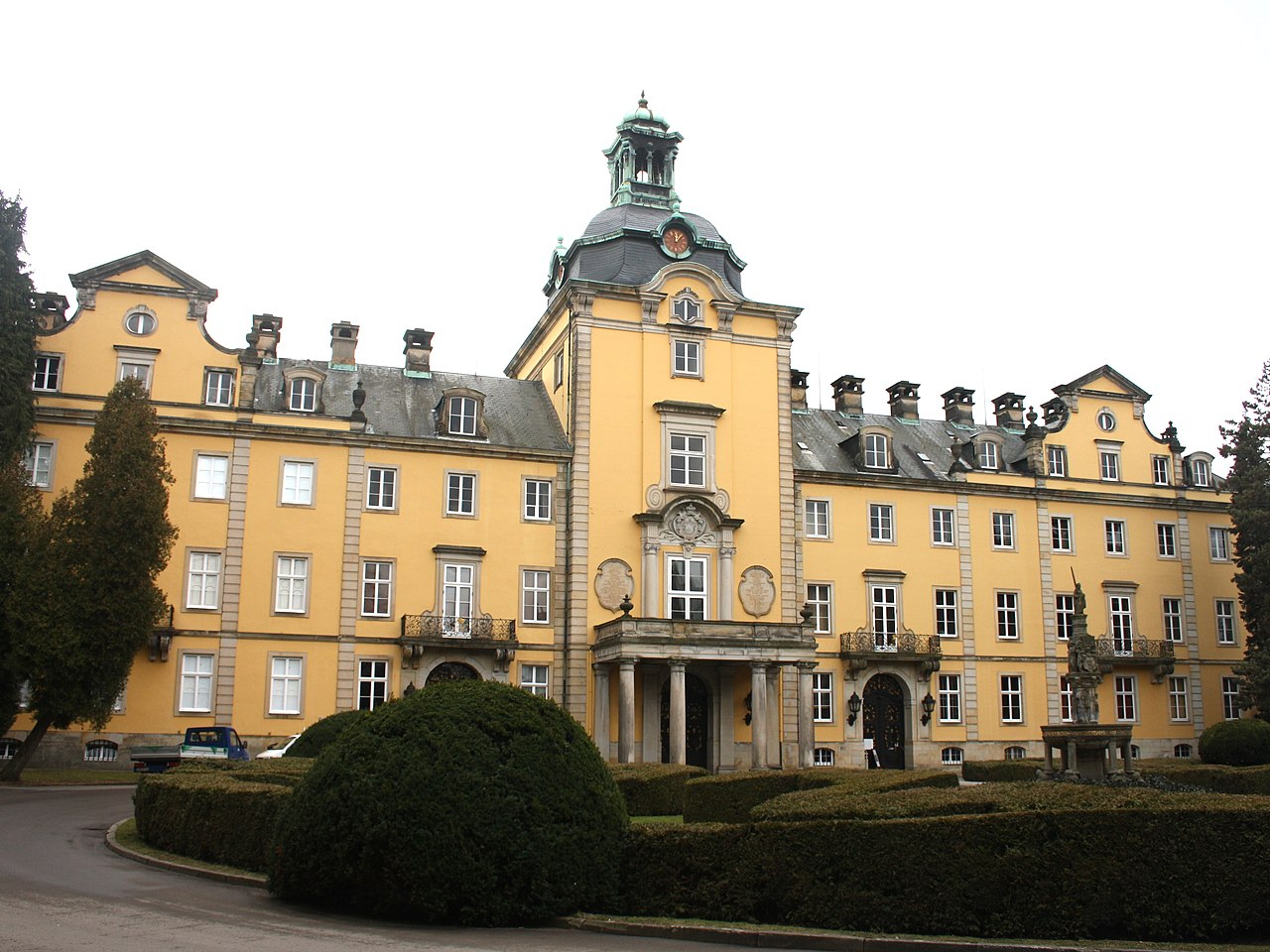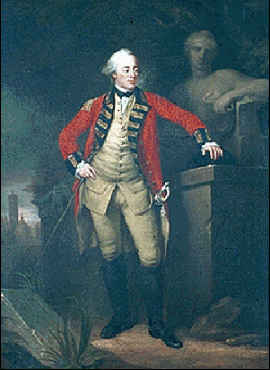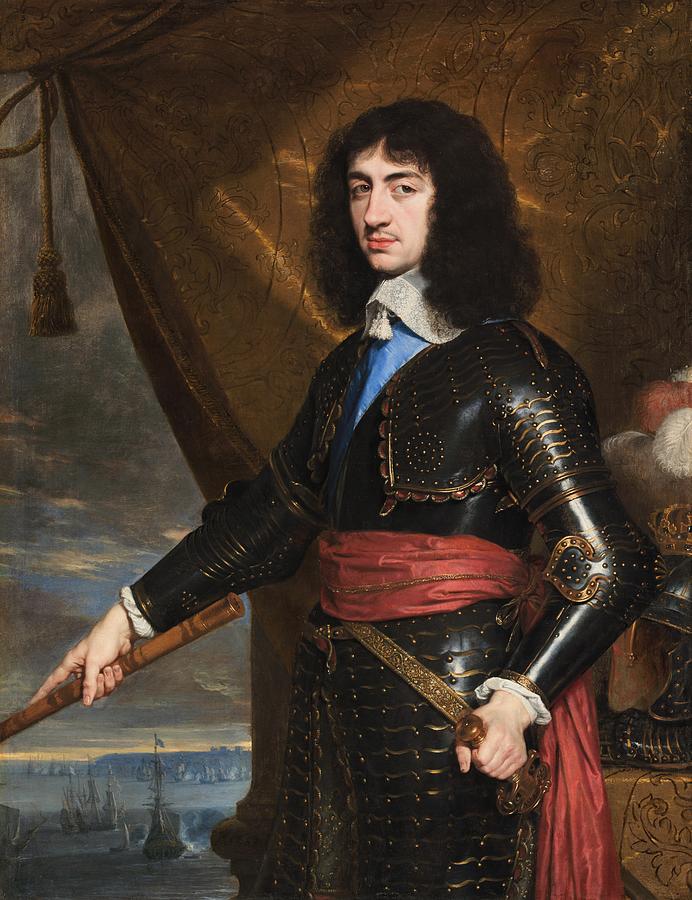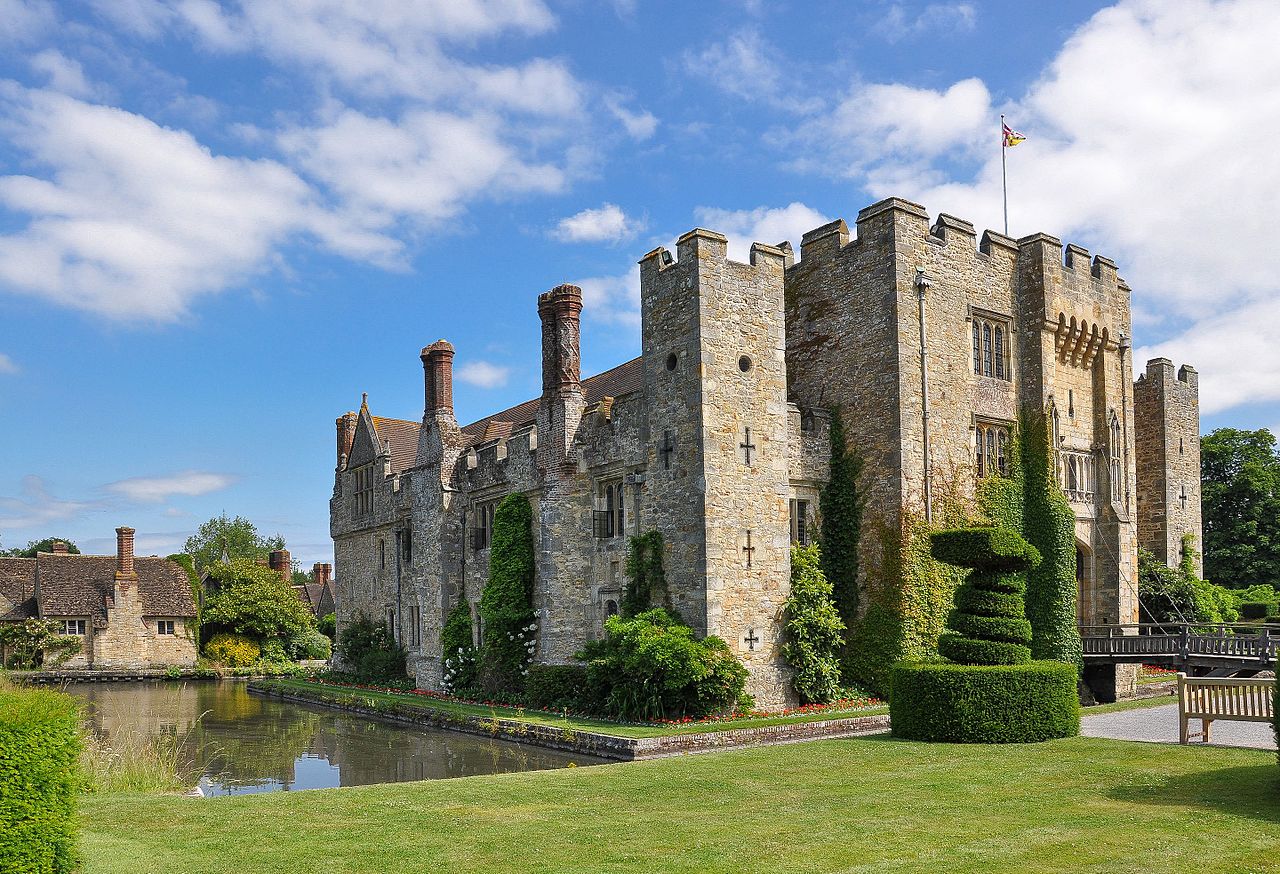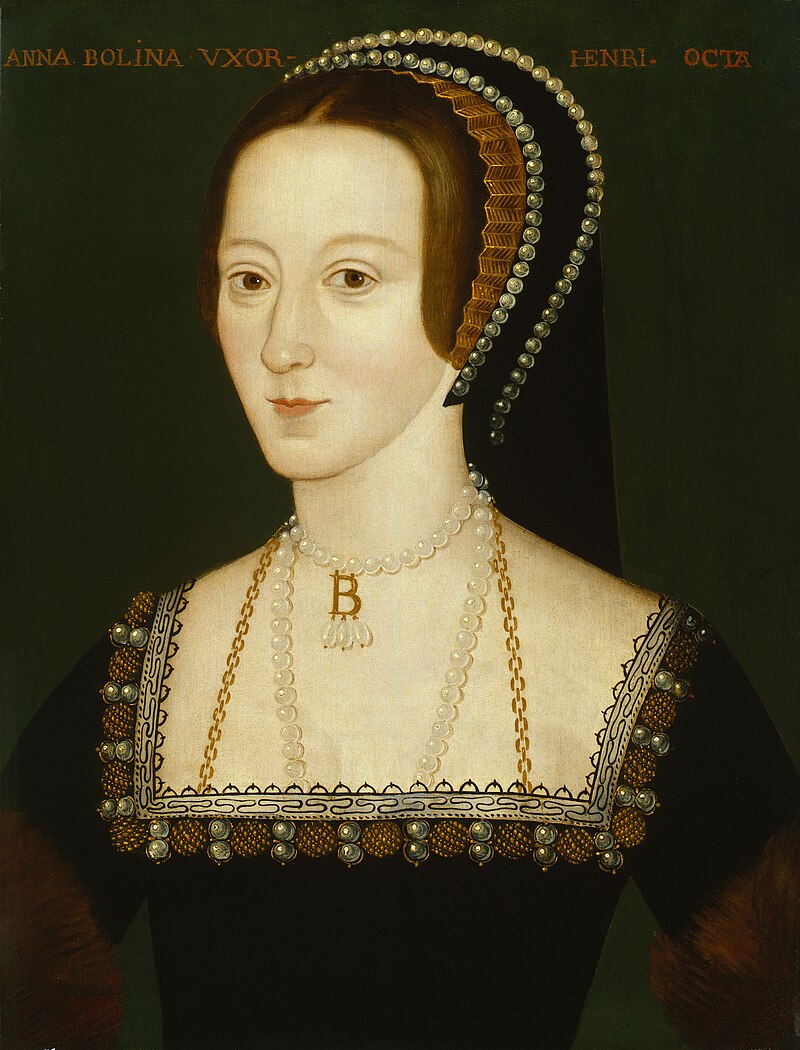by Susan Flantzer
Principality of Schwarzburg-Rudolstadt and the Principality of Schwarzburg-Sondershausen: The County of Schwarzburg was a state of the Holy Roman Empire from 1195 to 1595, when it was partitioned into Schwarzburg-Rudolstadt and Schwarzburg-Sondershausen. The new counties remained in the Holy Roman Empire until its dissolution. In 1697, the County of Schwarzburg-Sondershausen was elevated to the Principality of Schwarzburg-Sondershausen. The County of Schwarzburg-Rudolstadt was elevated to the Principality of Schwarzburg-Rudolstadt in 1710.
The death of Karl Günther, Prince of Schwarzburg-Sondershausen without an heir in 1909 caused the Principalities of Schwarzburg-Rudolstadt and Schwarzburg-Sondershausen to be united under Günther Victor, Prince of Schwarzburg-Rudolstadt in a personal union. Following his succession in Sondershausen, Prince Günther Victor dropped the name Rudolstadt from his title and assumed the title Prince of Schwarzburg.
At the end of World War I, Prince Günther Victor was the last German prince to renounce his throne, abdicating on November 22, 1918. He made an agreement with the government that awarded him an annual pension and the right to use several of the family residences. The territory that encompassed the Principalities of Schwarzburg-Rudolstadt and Schwarzburg-Sondershausen is now located in the German state of Thuringia.
**********************
Friedrich Anton, Prince of Schwarzburg-Rudolstadt; Credit – Wikipedia
Born on August 14, 1692, in Rudolstadt, then in the County of Schwarzburg-Rudolstadt, Friedrich Anton, Prince of Schwarzburg-Rudolstadt was the eldest of the thirteen children and the eldest of the four sons of Ludwig Friedrich I, Prince of Schwarzburg-Rudolstadt and Anna Sophie of Saxe-Gotha-Altenburg. Friedrich Anton had twelve younger siblings. His youngest sibling Ludwig Günther also was a reigning Prince of Schwarzburg-Rudolstadt. He succeeded to the throne upon the death of Friedrich Anton’s only son Johann Friedrich, Prince of Schwarzburg-Rudolstadt who had no sons.
Friedrich Anton’s siblings:
- Amalie Magdalene of Schwarzburg-Rudolstadt (born and died 1693), died in infancy, twin of Sophie Luise
- Sophie Luise of Schwarzburg-Rudolstadt (born and died 1693), died in infancy, twin of Amalie Magdalene
- Sophie Juliane of Schwarzburg-Rudolstadt (1694 – 1776), a nun at Gandersheim Abbey
- Wilhelm Ludwig of Schwarzburg-Rudolstadt (1696 – 1757), married morganatically Caroline Henriette Gebauer who was created Baroness of Brockenburg, had three sons and two daughters
- Christine Dorothea of Schwarzburg-Rudolstadt (1697 – 1698), died in infancy
- Albrecht Anton of Schwarzburg-Rudolstadt (1698 – 1720), unmarried
- Emilie Juliane of Schwarzburg-Rudolstadt (1699 – 1774), unmarried
- Anna Sophie of Schwarzburg-Rudolstadt (1700 – 1780), married Franz Josias, Duke of Saxe-Coburg-Saalfeld, had four sons and four daughters
- Sophia Dorothea of Schwarzburg-Rudolstadt (1706 – 1737), unmarried, twin of Friederike Luise
- Friederike Luise of Schwarzburg-Rudolstadt (1706 – 1787), unmarried, twin of Sophia Dorothea
- Magdalena Sibylle of Schwarzburg-Rudolstadt (1707 – 1795), a nun at Gandersheim Abbey
- Ludwig Günther II, Prince of Schwarzburg-Rudolstadt (1708 – 1790), married Sophie Henriette of Reuss-Untergreiz, had two daughters and two sons
Friedrich Anton was raised mainly by his paternal grandfather Albrecht Anton, Count of Schwarzburg-Rudolstadt who ensured his grandson received a solid education in the sciences and religion. The young prince was especially fond of poetry and even wrote some poetry himself.
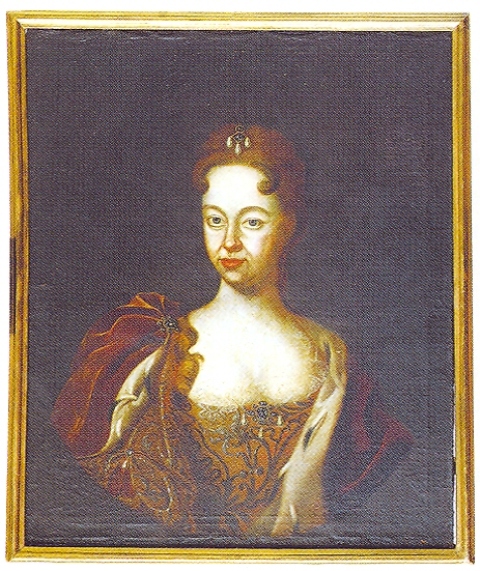
Sophia Wilhelmina of Saxe-Coburg-Saalfeld, Friedrich Anton’s first wife; Credit – Wikipedia
On February 8, 1720 in Saalfeld, Duchy of Saxe-Coburg-Saalfeld, now in the German state of Thuringia, Friedrich Anton married Sophia Wilhelmina of Saxe-Coburg-Saalfeld (1693 – 1727). Sophia Wilhelmina was the eldest daughter of Johann Ernst IV, Duke of Saxe-Coburg-Saalfeld and his second wife Charlotte Johanna of Waldeck-Wildungen.
Friedrich Anton and Sophia Wilhelmina of Saxe-Coburg-Saalfeld had three children but only two survived childhood:
- Johann Friedrich, Prince of Schwarzburg-Rudolstadt (1721 – 1767), married Bernardina Christiane of Saxe-Weimar-Eisenach, had four surviving daughters
- Sophia Wilhelmina of Schwarzburg-Rudolstadt (born and died 1723)
- Sophia Albertine of Schwarzburg-Rudolstadt (1724–1799), unmarried

Friedrich Anton’s second wife Christina Sophia of East Friesia; Credit – Wikipedia
The marriage of Friedrich Anton and Sophia Wilhelmina lasted only seven years as Sophia Wilhelmina died on December 4, 1727, aged 34. On January 6, 1729, Friedrich Anton married again to Christina Sophia of East Friesia (1688 – 1750). Christina Sophia was the eldest daughter of Prince Christian Eberhard of East Friesia and Eberhadine Sophie of Oettingen-Oettingen. Unfortunately, the marriage was childless.
Upon the death of his father on June 24, 1718, Friedrich Anton became the reigning Prince of Schwarzburg-Rudolstadt. He was not very interested in the day-to-day governing of the principality and left that to his Chancellor, Georg Ulrich von Beulwitz. He did seem interested in offering religious refuge. In 1727, Friedrich Anton issued a letter of protection to two Jewish families and allowed them to settle in Schwarzburg-Rudolstadt. Between 1727 and 1737, nine more Jewish families were granted the same privilege. These families developed into the Jewish community of the Principality of Schwarzburg-Rudolstadt. In 1732, 2,000 Protestant exiles from Salzburg, Austria arrived in Rudolstadt. They had been expelled when Salzburg began enforcing Catholicism in 1731. They were welcomed with the ringing of church bells and a church service in the St. Andreas Church in Rudolstadt.

Schwarzburg Castle; Credit – Wikipedia
Friedrich Anton had to deal with several financial issues. His brother Wilhelm Friedrich was always in debt and Friedrich Anton needed to bail him out several times. In 1726, a fire damaged Schwarzburg Castle (link in German) and the Schlosskirche (castle church, link in German). Reconstruction necessitated by a 1695 fire had just been completed in 1713. A fire at Heidecksburg Castle (link in German) in 1735 caused two wings to be burned down to the ground floor. The reconstruction costs were substantial and the reconstruction on Heidecksburg Castle was not completed until 1744, two months after Friedrich Anton’s death

Schlosskirche Schwarzburg, circa 1890; Credit – Wikipedia
Friedrich Anton, Prince of Schwarzburg-Rudolstadt died September 1, 1744, aged 52, in Rudolstadt. He was buried at the Schlosskirche Schwarzburg, the castle church at Schwarzburg Castle in Schwarzburg, Principality of Schwarzburg-Rudolstadt, now in the German state of Thuringia. Friedrich Anton’s second wife Christina Sophia survived him by six years, dying on March 31, 1750, aged 62. Both wives were buried at the Schlosskirche Schwarzburg, the castle church at Schwarzburg Castle.

Stadtkirche St. Andreas; Credit – Wikipedia
In the early 1940s, the remains of the Schwarzburg-Rudolstadt family buried at the Schlosskirche Schwarzburg were transferred to the Stadtkirche St. Andreas in Rudolstadt, (link in German) Thuringia, Germany before the demolition of Schwarzburg Castle and Schlosskirche Schwarzburg by the German government who planned to convert the castle into Adolf Hitler’s Imperial Guest House. However, the construction was never completed and the ruins of the castle and the incomplete construction of the guest house were left for years until reconstruction of the original castle, which is still occurring, began.
This article is the intellectual property of Unofficial Royalty and is NOT TO BE COPIED, EDITED, OR POSTED IN ANY FORM ON ANOTHER WEBSITE under any circumstances. It is permissible to use a link that directs to Unofficial Royalty.
Schwarzburg-Rudolstadt Resources at Unofficial Royalty
- Principality of Schwarzburg-Rudolstadt Index
- Royal Burial Sites of the Principality of Schwarzburg-Rudolstadt
Works Cited
- De.wikipedia.org. 2020. Friedrich Anton (Schwarzburg-Rudolstadt). [online] Available at: <https://de.wikipedia.org/wiki/Friedrich_Anton_(Schwarzburg-Rudolstadt)> [Accessed 29 October 2020].
- En.wikipedia.org. 2020. Frederick Anton, Prince Of Schwarzburg-Rudolstadt. [online] Available at: <https://en.wikipedia.org/wiki/Frederick_Anton,_Prince_of_Schwarzburg-Rudolstadt> [Accessed 29 October 2020].
- Flantzer, Susan, 2020. Royal Burial Sites Of The Principality Of Schwarzburg-Rudolstadt. [online] Unofficial Royalty. Available at: <https://www.unofficialroyalty.com/royal-burial-sites/royal-burial-sites-of-the-principality-of-schwarzburg-rudolstadt/> [Accessed 20 October 2020].








